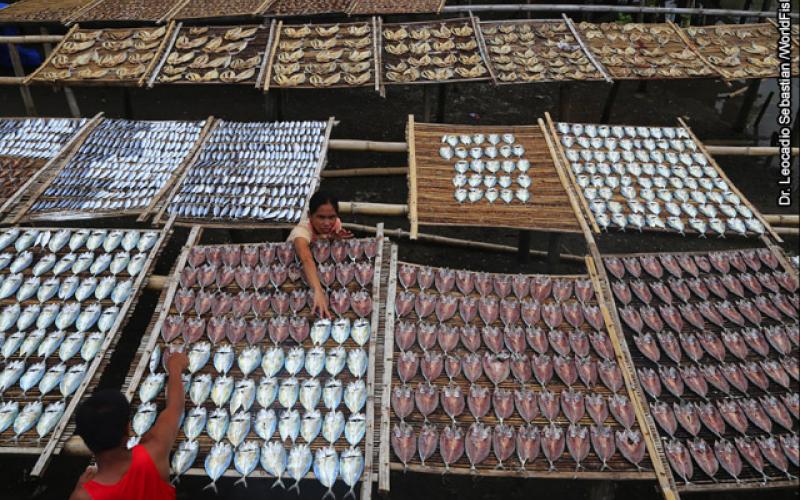
I was in the Philippines a day after Yolanda struck working with both staff members and our Board. Our Philippines-based staff gave a presentation about how communities in Leyte, Bohol, and Cebu had identified options for improving their livelihoods and increasing their food security as part of the CGIAR Aquatic Agricultural Systems program. In a somber moment, we all realized that not one of the houses we had seen in the presentation was still standing and, most likely, some of the people we were working with had died.
Recommended publications
- Value chain analysis for sea cucumber in the Philippines
- The Philippines: a hotspot of sea cucumber fisheries in Asia
I was in the Philippines a day after Yolanda struck working with both staff members and our Board. Our Philippines-based staff gave a presentation about how communities in Leyte, Bohol, and Cebu had identified options for improving their livelihoods and increasing their food security as part of the CGIAR Aquatic Agricultural Systems program. In a somber moment, we all realized that not one of the houses we had seen in the presentation was still standing and, most likely, some of the people we were working with had died.
Clearly, the immediate need is for humanitarian aid: clean water, food, and shelter. Government agencies, along with NGO’s such as Care, Save the Children, and Oxfam are providing these crucial services and I encourage you to consider a donation. The need is great.
For me, the devastation in the Philippines is a reminder that building resilience in the wake of natural disasters continues to be a major challenge in many regions of the world, especially those that are poor and vulnerable. From our work in other countries, we’ve seen these situations before: tsunamis in both Aceh and the Solomon Islands and cyclone Sidr in Bangladesh.
Fortunately, in these cases, we were able to maintain sustained engagement with communities in ways that really made a difference. By providing fish fry to re-stock ponds, we were able to quickly re-establish an income-generating activity and supply nutritious food during the period when the humanitarian relief effort is winding down; it takes much longer to harvest from re-planted gardens or fields.
An important attribute of resilience is the ability to absorb shocks and to reorganize in the face of them. In some cases, big shocks can be a catalyst for change. It can be argued that the effects of the 2004 tsunami contributed to the political settlement in Ace, and that Typhoon Nargis helped to foster change in Myanmar. We can only speculate on these assertions, but we do know that at more local scales such shocks can redistribute power and wealth, catalyze political reform and open windows for change that would not otherwise be open.
Key to seizing such windows for change is sustained relationships between organizations like WorldFish, our partners and the communities and local and national governments we seek to support. Working together, we need to co-develop integrated approaches that combine improvements in infrastructure, agricultural productivity, market access, health care, and financial services, among others. Such integrated approaches are essential and urgent if we are to put vulnerable communities around the globe on more sustainable and economically secure paths. It is essential work because the next natural disaster is just around the corner.